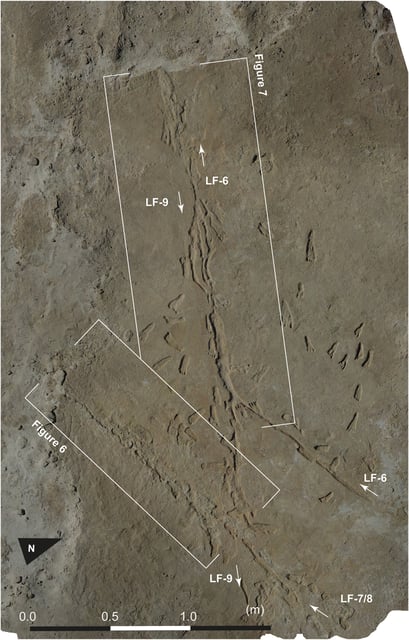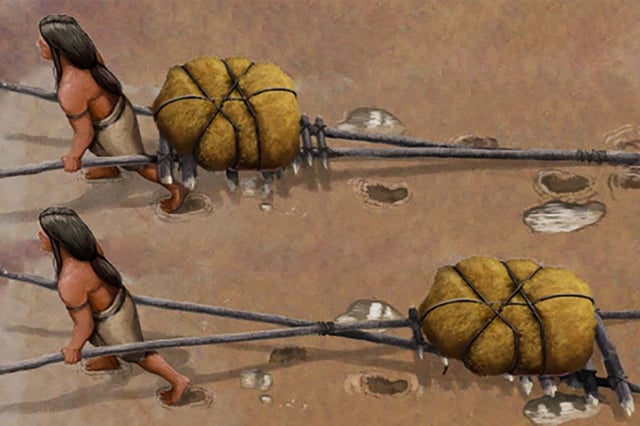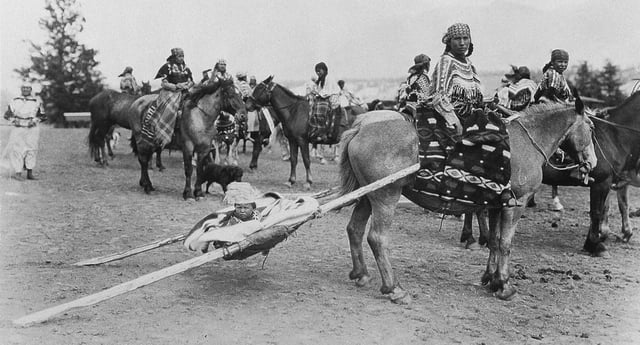Overview
- Researchers discovered drag marks and human footprints at White Sands National Park in New Mexico, dating back approximately 22,000 years.
- The marks, believed to be made by a travois—a hand-pulled sled-like device—represent a possible precursor to wheeled transport technology.
- Experiments demonstrated how dragging poles over mud created similar patterns to the ancient marks, supporting the interpretation of travois use.
- The findings suggest that adults used travois to transport resources, accompanied by children, near a wetland during the late Ice Age.
- The study, published in 'Quaternary Science Advances,' contributes to a growing body of evidence that challenges traditional timelines of human activity in the Americas.


